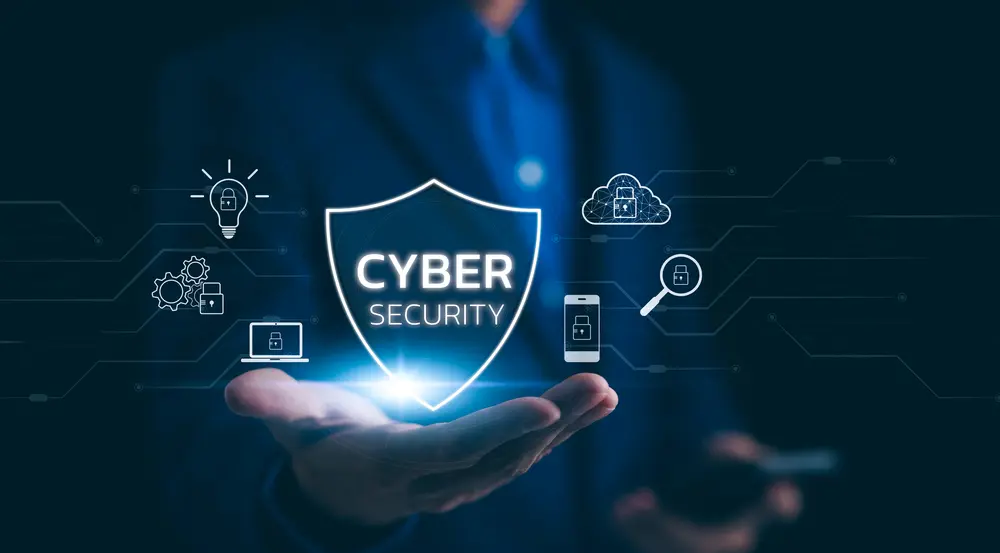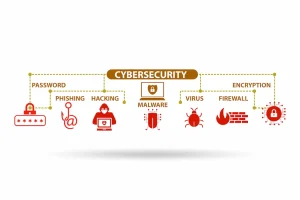COVID-19 Update: MSEDP is operational and committed to responding to the needs of our customers.
COVID-19 Update: MSEDP is operational and committed to responding to the needs of our customers.

Ensuring business continuity in the face of unforeseen technological issues is crucial in today's day and age. Minimizing downtime is the overall goal of all MSEDP's technology solutions. From backup disaster recovery to cloud computing to all-inclusive managed IT services, let MSEDP be your go-to for trustworthy cybersecurity services. Nowadays, companies need robust disaster recovery plans in order to minimize disruption and ensure swift recovery. From cyberattacks and natural disasters to power outages and equipment failures, cybersecurity and backup disaster recovery services are paramount to a company's well-being. However, the IT landscape and disaster recovery planning approaches are constantly evolving, which means you need someone to stay on top of all the latest cybersecurity trends and best practices. Read on to learn more about these cybersecurity trends and best practices. Need someone to tackle these issues for you? Contact MSEDP to get started.
Here are six trends in the realm of cybersecurity. Our IT team absorbs these trends to inform our day-to-day operations and on how to best move forward with various cybersecurity services.
With the rise of cyber threats, there is demand for a heightened focus on cybersecurity within each disaster recovery plan. These plans include incorporating data encryption, multi-factor authentication, and regular vulnerability assessments into the strategy. All of which MSEDP will ably handle when you turn to us for your cybersecurity services. Many companies understand that cybersecurity should be a focus and are concerned about recovering from technological disasters and cyber-attacks. This focus on cybersecurity is not lost on our IT team, as well constantly follow all of the latest trends and news. More on cybersecurity...
Only a small percentage of companies are constantly reviewing and updating their disaster recovery plans, which means there is a prevalence of using outdated disaster recovery plans. With many companies going a year or more without fully evaluating or updating their plans. Outdated IT disaster recovery procedures cause significant risks that can negatively impact employees, customer service and reputation, and overall business health. This is not a trend you want your business to be a part of! More on backup data recovery...
Cloud adoption in the world of cybersecurity is skyrocketing as is its role in disaster recovery increases. Cloud-based disaster recovery solutions offer scalability, agility, and cost-effectiveness. All of which makes it perfect for any type or size of business. Overall, you can expect continued growth in cloud-based disaster recovery adoption with MSEDP being on the forefront of any changes. Ensuring you are protected against the latest threats. More on cloud based systems...
Automating disaster recovery processes can significantly improve efficiency and reduce human error. There will be advancements in automation tools and orchestration platforms that streamline disaster response and recovery efforts, which will be in the eyesight of MSEDP and our IT team. Many companies note that their disaster recovery plans need to be more automated in order to avoid serious service disruption, as well as any associated reputational and financial consequences. There are nice gains any company can get from automating these processes, which includes improved efficiency and profitability, improved IT staff productivity and enhanced customer trust and retention.
As environmental consciousness grows around the tech industry, organizations and companies want to incorporate sustainability principles into their own disaster recovery plans. This includes selecting energy-efficient solutions and minimizing the ecological impact of disaster recovery activities.
AI and machine learning are finding their way into many different disaster recovery plans with applications such as predictive analytics to identify potential risks and automate recovery procedures. MSEDP will stay on top of any of the trends towards using AI to help with disaster recovery.
 Here are some of the best practices in regard to cybersecurity that MSEDP puts into practice for customers.
Here are some of the best practices in regard to cybersecurity that MSEDP puts into practice for customers.
It is vital to not let your disaster recovery plan get outdated, which was touched upon in the concerning trends for many companies. It is important to conduct regular drills and simulations to identify and address any weaknesses within the plan. Ensuring all bases are covered. Updating the plan to reflect on any technological changes, business processes, and potential threats.
When disaster strikes, everyone at your place of work needs to know their role. In order to accomplish this, you must clearly define roles and responsibilities within your disaster recovery plan. Communication protocols and escalation procedures are just two aspects. MSEDP can help you delineate these roles and responsibilities ensuring you are ready in case of an emergency.
Data is your company's lifeblood, so it is vital to ensure that your disaster recovery plan includes comprehensive data backup and recovery procedures. For added data protection, you can consider implementing data encryption and immutable backups. MSEDP will work closely with you to set up proper data protection methods.
Communication is critical during a disaster. You need to establish clear communication channels and ensure everyone on your team is informed throughout the recovery process. This way efficiency is high during times of crisis.
Regular training and awareness programs help employees understand their role in the disaster recovery plan and how to respond effectively during a crisis. Our IT team can help train your team so they are ready to implement solutions when they are called upon.
By staying informed about the latest trends and implementing best practices, your company can build resilient IT infrastructure and ensure business continuity in the face of any disaster. Disaster recovery planning is an ongoing process. It is not simply a one-time event to forget about. By continuously adapting and improving your plan, you can confidently navigate the unexpected and minimize the impact of any disruptions on your business. Let the team at MSEDP help you build this foundation. Contact us today to learn more.
© Copyright 2021 Mannino Systems. All Rights Reserved